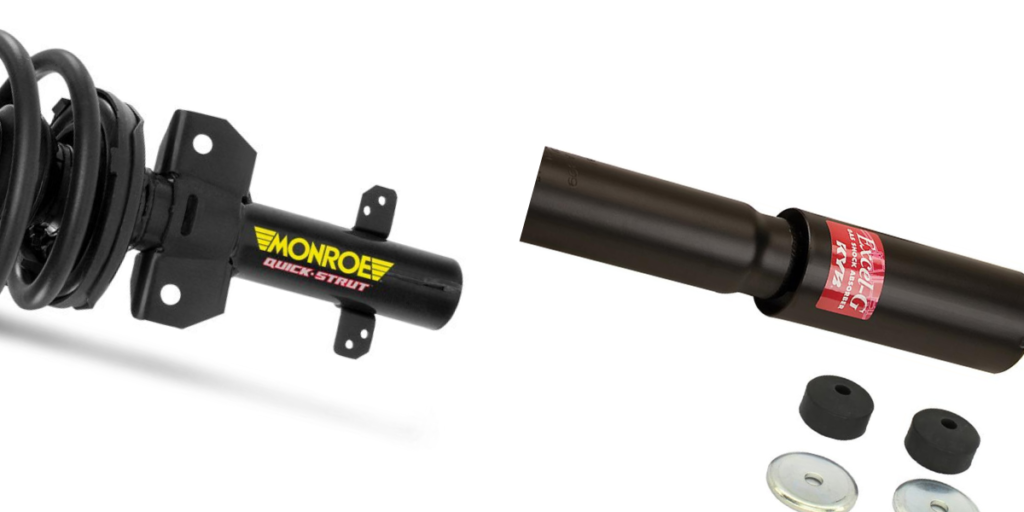The dynamo was the preferred electrical generator in old model vehicles. The alternator has since replaced it due to its efficiency and ability to generate more power. Many vehicles, however, still have the dynamo, and learning how to fix a dynamo will save you time and money you will otherwise waste from visiting a technician whenever you have problems.
A dynamo produces a direct current used to recharge the vehicle’s battery. Its rotation creates a current that will power the basic components of the vehicle and ensure you can drive your vehicle comfortably. Your car will have problems starting if the dynamo is damaged. Identifying what causes these problems will help you avoid them and find the best way to fix them, depending on the extent of damage to your dynamo.
What Causes Problems With The Dynamo?
Several reasons could cause your dynamo to develop problems. A fault in one component in the electrical system can easily render it unusable. It is thus important to look into all the dynamo components independently while figuring out the cause of the problems. Here are some of the causes of dynamo problems;
#1. Worn-out brushes
The dynamo uses carbon brushes in its power transmission. They don’t react with any elements they are likely to contact and have excellent transmission capabilities. The brushes will, however, wear out after some time. It will cause sparking that could easily damage your dynamo.
#2. Sparking from worn out brushes
The vehicle’s dynamo will experience uninterrupted sparking when the brushes wear out. This will translate to problems in the commutator as it too will wear out. It will thus make the dynamo ineffective and burn out more parts of the dynamo. It will also cause the solders within the dynamo to melt off.
A damaged dynamo will cause a significant drop in its power output. This will, in turn, reflects in the vehicle’s electrical elements as the light bulbs will become dull. The engine will also have a challenge sustaining power as the battery will run out soon since it is not getting charged by the dynamo. Fixing any problems with your dynamo as soon as possible is thus quite important.
Removing the Dynamo and Fixing It
You can completely remove the dynamo and replace it if it is too damaged. Removing it will also give you more room for making the repairs. It is, however, quite challenging owing to its setup and the cable connections. Learning how to fix a dynamo includes understanding how to remove it.
#1. Remove The Vehicle’s Battery
When the battery is still connected, it shows there is still an electric transmission in the vehicle. This could cause short-circuiting, thus damaging to the electrical components of the vehicle. You should thus remove the battery before you begin. Unscrew all the bolts holding it in place and carefully remove any rubber casings around it. Now, remove the battery from its compartment.
#2. Disconnecting and Removing the Dynamo
This is the next step in how to fix a dynamo. Here, remove the adjuster-strap bolt and the pivot bolt. It will free the dynamo, and you can now move it slightly to create enough room to pull it out of place. Once removed, you can begin disconnecting the cables.
Mark these cables with appropriate markings to make installing the new dynamo easier. The output and field cables are of different sizes, and you can tell them apart quite easily. You can now remove the dynamo and disconnect the cables.
#3. Cleaning the Dynamo
Some problems with the dynamo result from accumulated dirt and worn-out fields. Cleaning them can easily correct the problems and have the dynamo working as well as it should. First, use a soft brush to clean any dust or dirt that might have accumulated on the armature. Additionally, clean the front and end plates with the brush before reassembling them.
Inspect the bushes on all the components on the dynamo for signs of wearing out. It will result from a long usage period and cause problems with the dynamo. Clean them and lubricate them before reassembly to ensure they hold the dynamo in place well.
How to Reassemble the Dynamo
After removing and repairing or replacing the dynamo, you will need to reinstall it. Ensure you have the previously removed insulating materials as they will have to be reinstalled where they previously were. First, connect the output and field cables to begin the installation. This will also guide you on the best way to position the dynamo and ensure it fits well and that its power transmission will work once you complete installation.
Ensure they are connected to the right terminals and fit the dynamo. Fasten the adjuster strap bolts and the pivot bolts to hold the dynamo in place. It will be easier if you previously marked all the cables.
Install the insulation materials from positions they were previously removed from. This is the final step on how to fix a dynamo, and you can now test the dynamo for effectiveness.
Testing the Dynamo
A multimeter is used to test the effectiveness of the dynamo in recharging the battery and powering the electrical components of the vehicle. It should sustain a constant voltage level for a longer time. Firstly, turn off the vehicle and connect the multimeter to the battery terminals. Observe its readings and take them down. Secondly, turn on the ignition, rev the vehicle to around 2000 rpm and observe the readings on the multimeter.
It should show a 13.5V to 14.5V reading for best performance. Finally, this means the repairs to the dynamo have been successful and will work as well as required. To sum it all up, this is how to fix a dynamo and get the best results from the process.
Sources:





